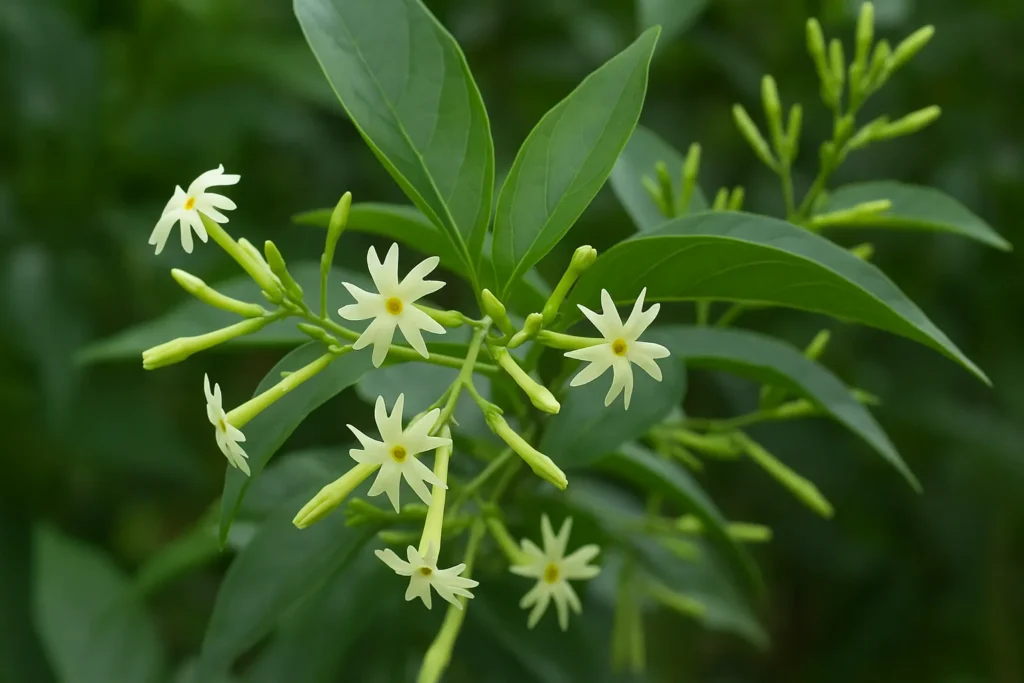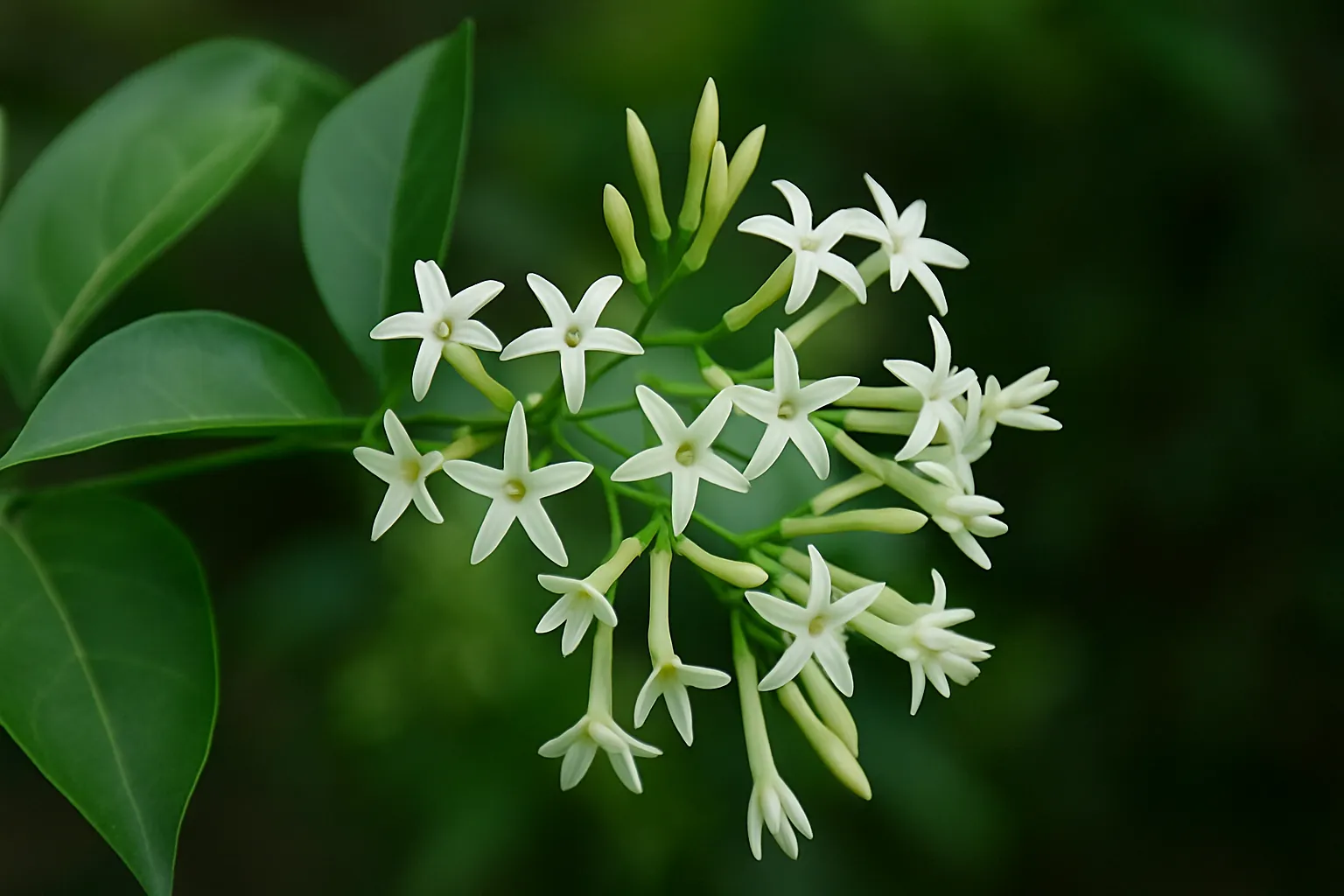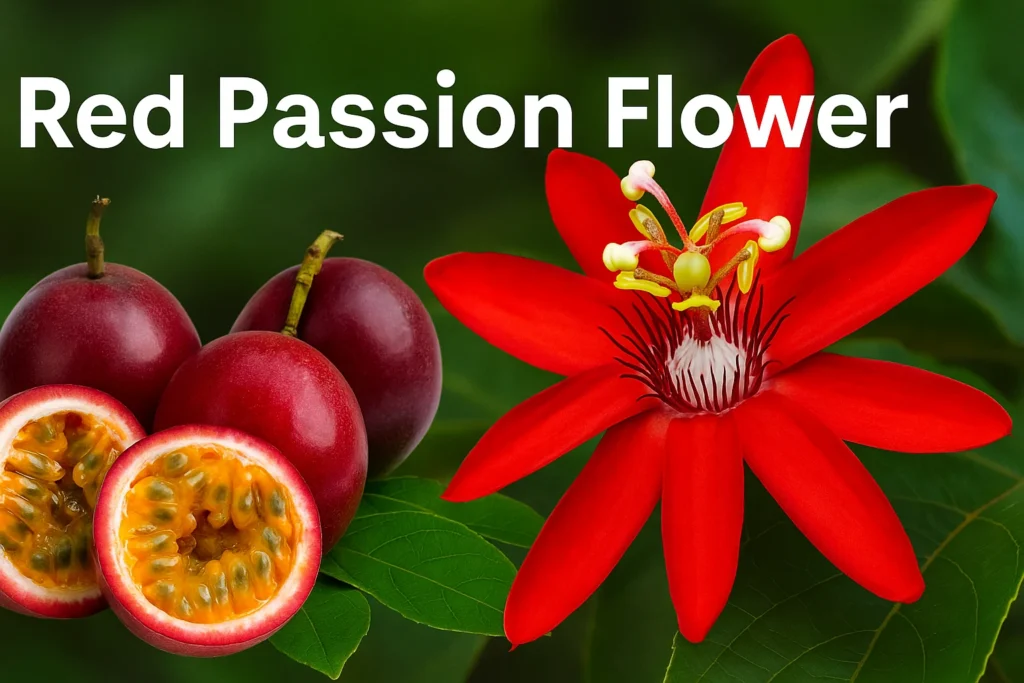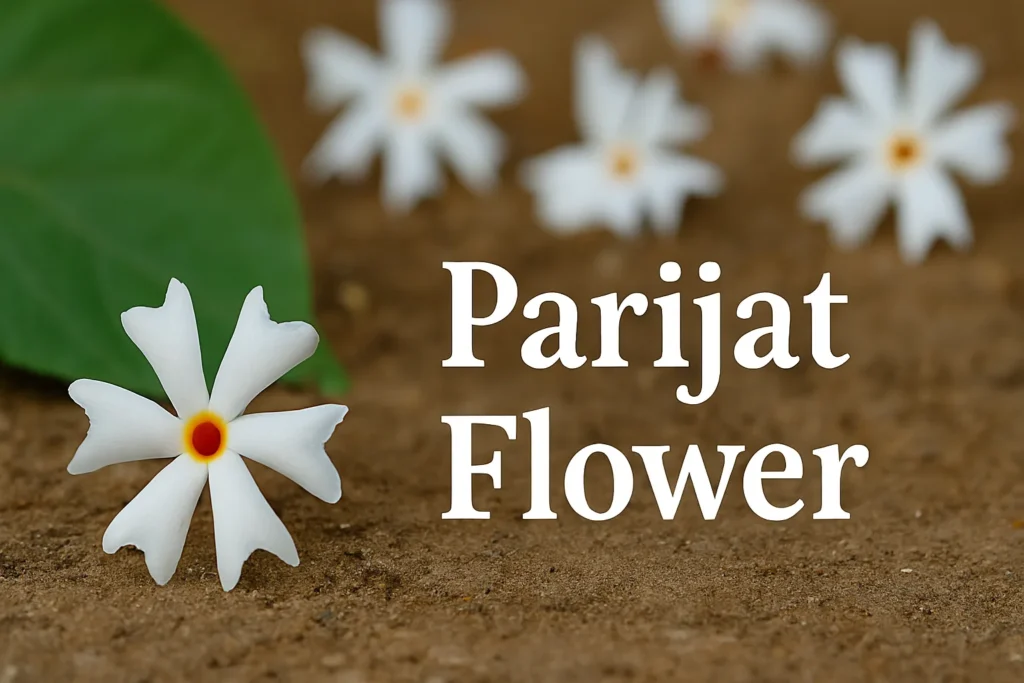Have you ever walked outside on a warm evening and caught a sudden whiff of sweet, intoxicating fragrance in the air? Chances are, you’ve stumbled upon the Raat Rani Plant, also known as Raat Ki Rani Plant or Night Blooming Jasmine. This plant isn’t just popular for its scent—it also comes with a set of intriguing characteristics that make it perfect for Indian homes and gardens.
Whether you’re a gardening enthusiast or just someone who loves nature’s little surprises, this blog will walk you through everything about this nighttime bloomer—from care tips to common myths and its wonderful uses.
What Is Raat Ki Rani Plant in English?
Let’s begin with the basics. The Raat Ki Rani Plant in English is commonly known as Night Blooming Jasmine or Cestrum Nocturnum. Despite the name, it’s not a true jasmine—it belongs to the Solanaceae family (the same family as tomatoes and potatoes!). What makes it stand out is its unique behavior: it releases its fragrance only at night, turning your balcony or garden into a scented paradise after sunset.
This flowering shrub grows well in tropical and subtropical climates and is a favorite in Indian households thanks to its low maintenance and beautiful fragrance.
Raat Ki Rani Plant Blooming Time
One of the most magical features of this plant is its blooming pattern. The Raat Ki Rani plant blooming time is generally from late spring to early autumn. However, in warm climates like most parts of India, it may bloom multiple times a year if cared for well.
The small, white-green tubular flowers stay tightly closed during the day but open at night to release that enchanting scent. If you want a sensory treat after sundown, this plant is a must-have in your green space. If you want a sensory treat after sundown, this plant is a must-have in your green space. For the best growth, many gardeners prefer planting it in Terracotta Pots, as they keep the roots cool and improve drainage.
Raat Ki Rani Plant Benefits You Should Know
While its heavenly aroma is its most loved feature, the Raat Ki Rani plant benefits go beyond just the fragrance.
1. Natural Air Freshener
No need for synthetic sprays—just plant one near your window or balcony. When it blooms, your entire home can smell like a bouquet.
2. Medicinal Uses
In traditional medicine, extracts from the raat rani flower plant are said to have mild sedative and anti-inflammatory properties. Though not widely researched, some people use it to relieve headaches and insomnia.
3. Pollinator-Friendly
The strong nighttime fragrance attracts moths and other nocturnal pollinators, helping the local ecosystem thrive.
For more insights into naturally beneficial plants, you might want to check out the Buraansh Flower which is also known for its healing properties.
How to Care for Raat Rani Flower Plant
So, how do you keep this plant happy and blooming?
Sunlight and Placement
Though it’s a night bloomer, the raat rani flower plant loves full to partial sunlight during the day. Keep it in a sunny spot, but avoid direct harsh afternoon rays.
Watering
It doesn’t like soggy roots. Water it when the topsoil feels dry, and make sure the pot has good drainage.
Soil
Use well-drained, slightly acidic to neutral soil. You can add compost or organic manure every month during the growing season.
Want to grow a few other low-maintenance fragrant plants? Take a look at the Marikolunthu Flower which offers both aroma and medicinal value.
How to Prune Night Blooming Jasmine

Pruning isn’t just about making it look neat. It helps the plant focus its energy on new blooms and prevents it from becoming leggy.
When to Prune
The best time to prune is right after its blooming cycle ends. This keeps the plant compact and promotes better blooming next season.
How to Prune
Use clean garden shears and remove dead branches, faded flowers, and excessive top growth. Don’t worry—this plant grows back fast!
Looking for ways to keep your plants safe from external damage? An Invisible Grill can offer safety without blocking sunlight or airflow—ideal for balconies where you grow your greens.
Raat Ki Rani Plant Leaves and Their Role
The raat ki rani plant leaves are simple, glossy, and slightly pointed. While they may not be as showy as the flowers, they play an important role in energy production through photosynthesis. Watch out for yellowing leaves—it can be a sign of overwatering or poor drainage. A little bit of neem spray also helps if pests start attacking the leaves. You can compare it with other unique leaf patterns like the Tangled Heart Plant that stands out in any collection.
How to Germinate Night Blooming Jasmine Seeds
Yes, you can grow this beauty from seeds too!
Step-by-Step Guide
- Soak the night blooming jasmine seeds overnight in water.
- Use a seed tray filled with moist potting soil.
- Plant the seeds 1/4 inch deep.
- Keep the tray in a warm spot with indirect light.
- Water lightly and cover with plastic wrap to create humidity.
Germination takes about 2 to 3 weeks. Once the seedlings grow strong, you can transplant them into individual pots.
Is Night Blooming Jasmine a Perennial?
Yes, night blooming jasmine is a perennial shrub in warm climates. That means once you plant it, it can keep growing and blooming year after year. However, in colder regions, it might behave like an annual unless protected or grown indoors during winters.
If you’re looking for other perennial herbs, the Rosemary Plant is also a rewarding option with culinary and health benefits.
Does Raat Ki Rani Plant Attract Snakes?
Ah, the most common question! There’s a popular belief that raat ki rani plant attracts snakes, mostly because of its strong fragrance. But there’s no scientific proof backing this claim. Snakes don’t have a nose for flowers; they follow food like rats or frogs. If your garden is clean and free from pests, there’s little to worry about. So go ahead and plant it without fear!
Similarly, people once believed that the Gunja Plant was cursed—but modern use tells a different story!
Night Blooming Jasmine Uses Beyond Fragrance
Apart from being a garden delight, there are a few other night blooming jasmine uses worth mentioning.
- Aromatic Tea: Some cultures use its dried petals in teas for calming effects. While it’s not as common as tulsi, night blooming jasmine tea is slowly gaining popularity.
- Natural Insect Repellent: Its strong scent may help keep certain pests away.
- Decorative Purpose: The compact shape and lush green foliage make it an ideal decorative shrub.
You might also enjoy exploring the Vana Tulsi Plant, another fragrant and health-friendly option. For a modern touch, you can grow the Raat Rani plant in stylish Ceramic Planters, which look elegant in both indoor and outdoor spaces while giving long-lasting durability.
Night Blooming Jasmine Tree: Can It Grow That Tall?
Although often grown as a shrub, with time and care, the night blooming jasmine plant can grow into a small tree-like shape reaching up to 10–12 feet tall. For balcony or terrace gardens, regular pruning helps maintain a manageable size.
And for a strong herbal remedy in the same league, check out the Pirandai Plant—used widely in South Indian households.
Final Thoughts
The Raat Rani plant is more than just a night bloomer with a captivating scent. It’s a low-maintenance, pollinator-friendly, and versatile addition to any garden or balcony. With a bit of love and care, this plant can bloom year after year, turning your evenings fragrant and peaceful. Whether you’re starting your gardening journey or looking to add one more gem to your collection, the Raat Ki Rani Plant is definitely worth it. And no, it won’t bring snakes to your door—just butterflies, moths, and a lot of good vibes.













